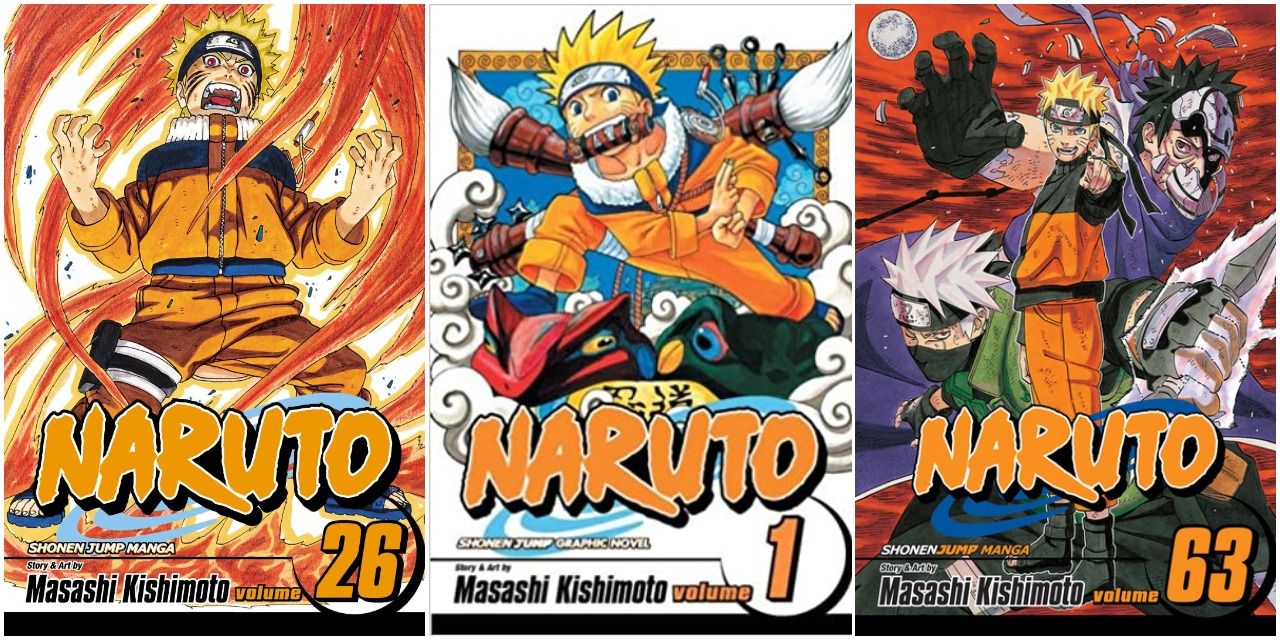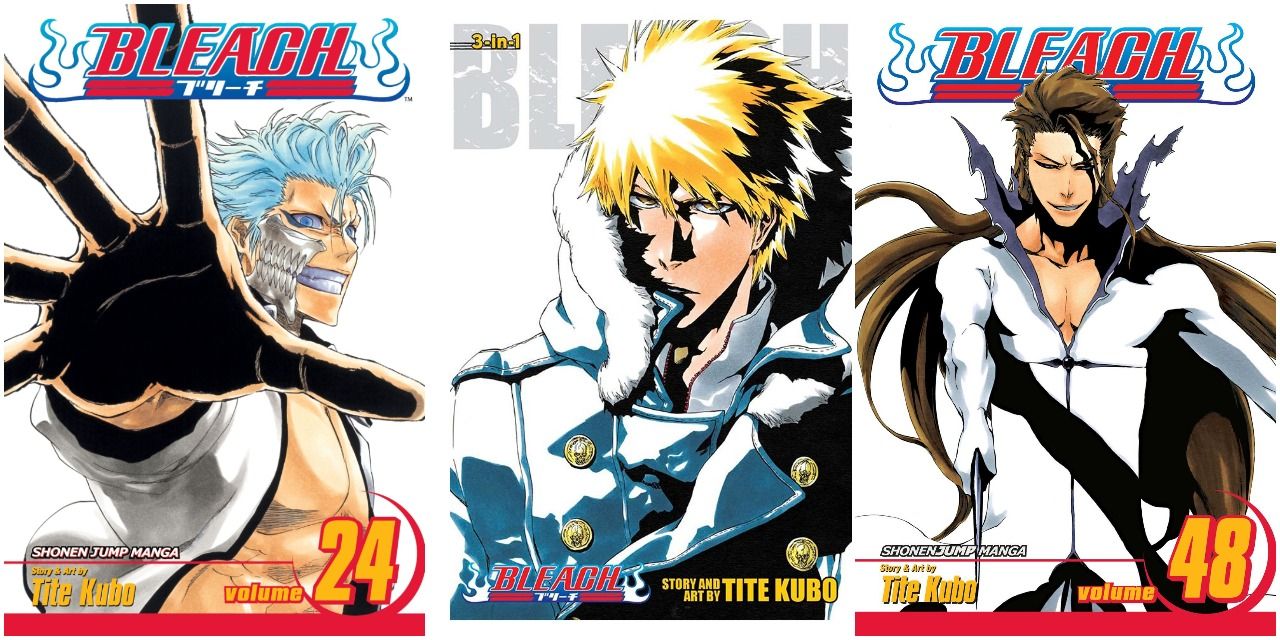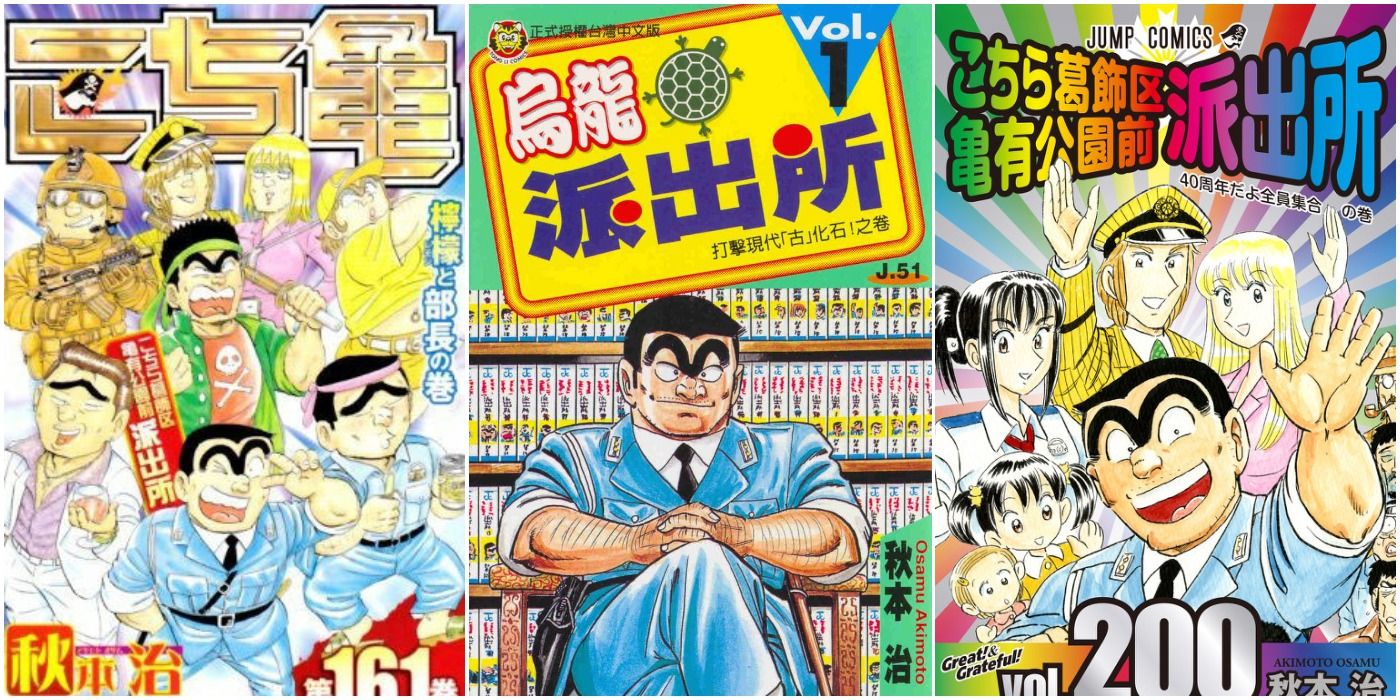Many modern-day anime fans started with shonen manga from at least one of the big three: Naruto, One Piece, or Bleach. Some found another iteration such as Fullmetal Alchemist, Yu Yu Hakusho, or Hitman Reborn! Many shonen series follow straightforward plots with simple characters, but the genre has reinvented itself.
Shōnen Jump, also known as "Weekly Shōnen Jump," is one of Japan's most established shonen magazines. The company has been releasing manga since 1968. Many famous titles started there, gradually flourishing into fan favorites. Even among the bustling number of well-loved stories, a handful of manga is still running in Shōnen Jump.
Updated on July 20th, 2022 by Olivia Subero: Shonen manga has been a famous genre for decades, with hundreds of popular titles establishing themselves in Weekly Shonen Jump. Many of these titles have been serialized for decades, with multiple best-selling volumes flying off the shelves. This list has been updated to fix some out-of-date information and address a few other minor errors.
10 Dragon Ball Is Still One Of The Most Influential Shonen Manga (1989 - 1995)
Akira Toriyama's Dragon Ball is by far one of the most famous shonen series in history, and many modern-day shonen have drawn inspiration from it. The manga ran from 1984 to 1995 and ended with 42 volumes. However, Dragon Ball has multiple manga and anime sequels, Dragon Ball Z being its most recognized continuation.
16-year-old Bulma is searching for the mythical "Dragon Balls," seven orbs that will grant her a wish. On her travels, she meets Goku, an orphan with one of the Dragon Balls. He accompanies Bulma and protects her from danger, but he unknowingly keeps a powerful secret from her.
9 Reborn! Was Still Popular, Despite Not Being A Part Of The Big 3 (2004 - 2012)
Reborn! became a popular shonen series from the early 2000s. The manga was serialized in 2004, a few years after the Big Three, and continued until 2012 with 42 volumes in total. An anime adaptation aired just two years after the manga's release and became just as popular with Reborn! fans.
Reborn! presents a hilarious take on the mafia with a diverse cast of weird but enjoyable characters. Tsunayoshi "Tsuna" Sawada thinks his life can't get any worse after seeing his crush dating someone else. But he quickly discovers he's the heir to a powerful mafia family known as the "Vongolas," and the one who'll whip him into shape is their hitman, an infant named "Reborn."
8 Western Fans Should Check Out The Prince Of Tennis (1999 - 2008)
The Prince of Tennis is an underrated sports classic, at least in the United States. Created by Takeshi Konomi, it was serialized for nineteen years, releasing 42 volumes. It's one of Japan's most recognizable sports anime regarding tennis.
This coming-of-age sports series follows Ryoma Echizen, a boy who wishes to become the world's best tennis player. Known for his famous catchphrase, "You still have a ways to go," Ryoma has an arrogant streak, but he works hard to achieve his dreams and faces stronger opponents with each match.
7 Good-For-Nothing Blues Pits A New Student Against The Boxing Club's Captain (1988 - 1997)
Good-for-Nothing Blues was a sports-comedy manga from the early 1980s. The series ran from 1988 to 1997, ending with a whopping 42 volumes, and had a two-part anime movie adaptation in 1992 but never made it outside Japan. The story followed a clumsy new student, Taison Maeda, who often struggled with his nerves.
Taison makes quite the impression on his first day of school, hitting a teacher at the entrance ceremony. Soon, every school club takes notice of Taison's power and does everything they can to recruit him. However, he dreams of becoming a boxer and wants to challenge the boxing club's unstoppable leader.
6 Before Food Wars!, Toriko Wowed Readers With Its Amazing Food (2008 - 2016)
Before Food Wars! was serialized in 2012, Toriko entertained audiences with its over-the-top cooking battles. Published in 2008, the manga ran for about eight years and ended after 43 volumes in 2016. In 2009, Toriko was nominated for the 2nd Taisho Manga Award and even got an anime adaptation two years later.
In a world where food is shaped in the mountain and grows from the earth, adventurers known as "Gourmet Hunters" search for the rarest ingredients. Toriko sets off on a hilarious, action-packed quest to find the best ingredients for the ultimate dining experience.
5 Haikyuu!! Quickly Became A Fan Favorite (2012 - 2020)
Haikyuu!! quickly became a titan in the sports genre. Even after it ended in 2020 with 45 volumes, the fandom remained one of the most active on social media. In 2015, Haikyuu!! won the Shogakukan Manga Award in the shonen category, an impressive accomplishment.
The story of the Karasuno volleyball team brings two unlikely characters into the mix: Shōyo Hinata, a short boy with a powerful jump, and the arrogant captain of a rival school, Tobio Kageyama. Now in high school, the boys must cooperate on the same team with a new group of players.
4 Naruto Is A Cultural Phenomenon (1999 - 2014)
Written and illustrated by Masashi Kishimoto, Naruto started as a one-shot. It was published in 1997, where the story successfully expanded into a weekly serialization in Weekly Shonen Jump two years later. The manga ended in 2014 with 72 volumes. Naruto became one of the best-selling manga worldwide and one of the affectionately named "Big 3" that shaped the shonen genre in the 2000s.
The story follows a young boy named Naruto Uzumaki with a Nine-Tailed Fox inside him. The Nine-Tailed Fox rampages throughout his village and destroys many lives before it's sealed inside Naruto's body. Shunned by his village, the boy strives to become the village's leader and gain recognition for his hard work.
3 Bleach Still Has A Fanbase Despite Its Many Filler Arcs (2001 - 2016)
Bleach was written and illustrated by Tite Kubo and serialized two years after Naruto. The manga ran in Weekly Shonen Jump from 2001 until its conclusion in 2016. Although Bleach's US popularity waned, primarily for its excessive filler content, this series became beloved by many today.
15-year-old Ichigo Kurosaki is a high school student who can see ghosts. After a run-in with a Soul Reaper named Rukia Kuchiki and a Hollow, Ichigo becomes a temporary Soul Reaper and is plunged into a new world of mythical and powerful beings.
2 A Gag Manga Like Gintama Is Timeless (2003 - 2018)
Gintama was a gag comedy manga written and illustrated by Hideaki Sorachi. Fans thought the series would never end, no matter how often it teased "cancellation" or an ultimate ending. Eventually, Gintama ended in 2018 after being serialized in Weekly Shonen Jump for 15 years, gaining multiple anime seasons and live-action movie adaptions.
The story follows an ex-samurai named Gintoki Sakata, dojo student Shinpachi Shimura, and alien girl Kagura. Gin works as a freelancer to pay his rent, but it doesn't always work out. Over its run, Gintama develops into more than just a 77-volume shonen parody manga, garnering more fans.
1 This Is The Police Station In Front Of Kameari Park In Katsushika Ward Made It Into The Guinness Book of World Records (1976 - 2016)
Kochikame, also known as This Is The Police Station In Front Of Kameari Park In Katsushika Ward, was written and illustrated by Osamu Akimoto. The longest-running manga in Weekly Shonen Jump, the first chapter debuted on September 21st, 1976, ending in September 2016. The manga held a Guinness World Record for "most volumes published for a single manga series." Kochikame released 200 volumes with 1957 chapters.
Kochikame is a gag comedy series following Kankichi Ryōtsu, the Head Patrol Officer of the Katsushika Ward. In every chapter, Ryō-san devises a fool-proof plan to make money through a ridiculous scheme or capitalizing on a fad, but it only earns him temporary success. Everything goes haywire, and he loses all the money he makes, forcing him back to square one.

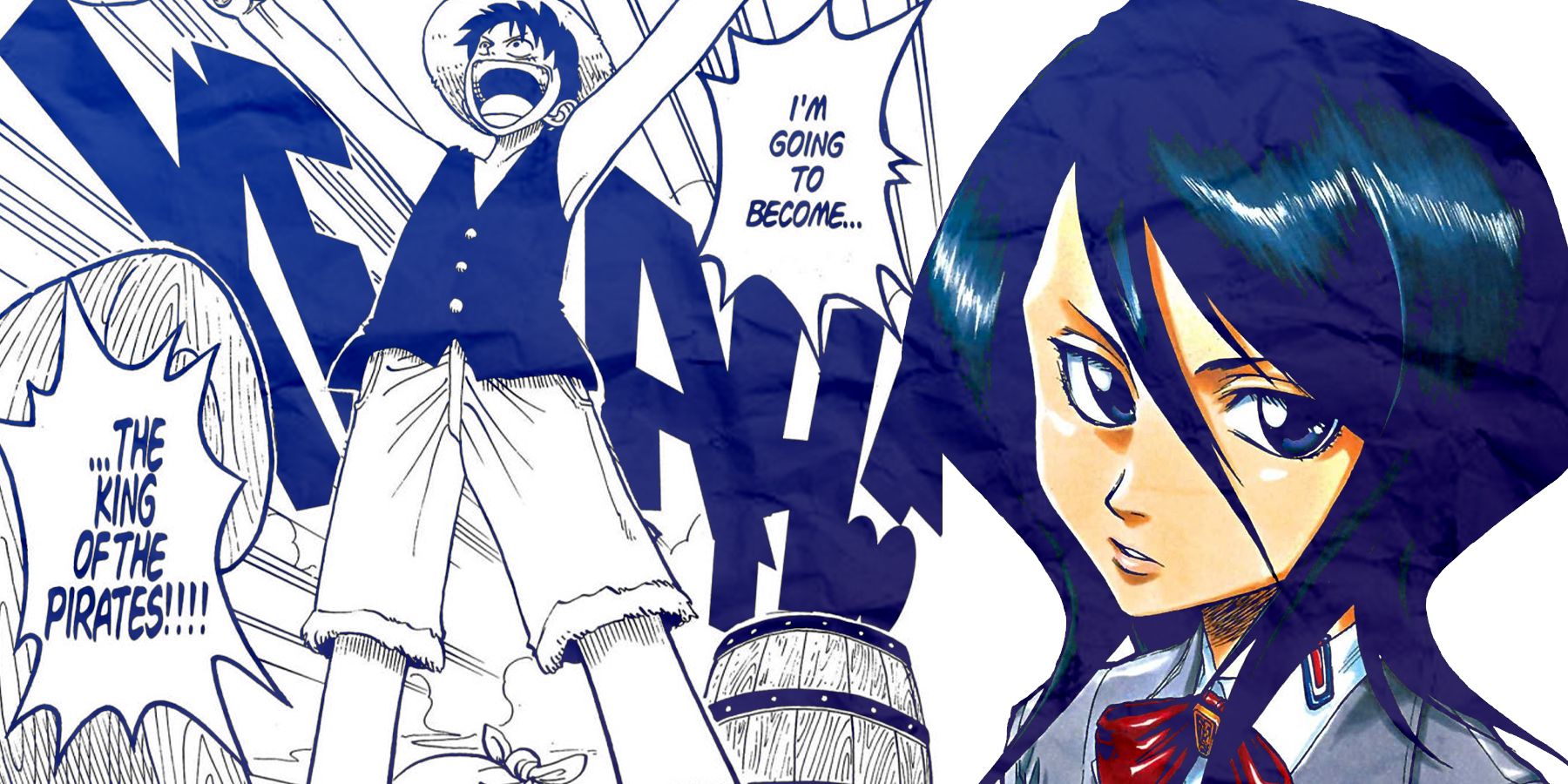
.jpg)
.jpg)
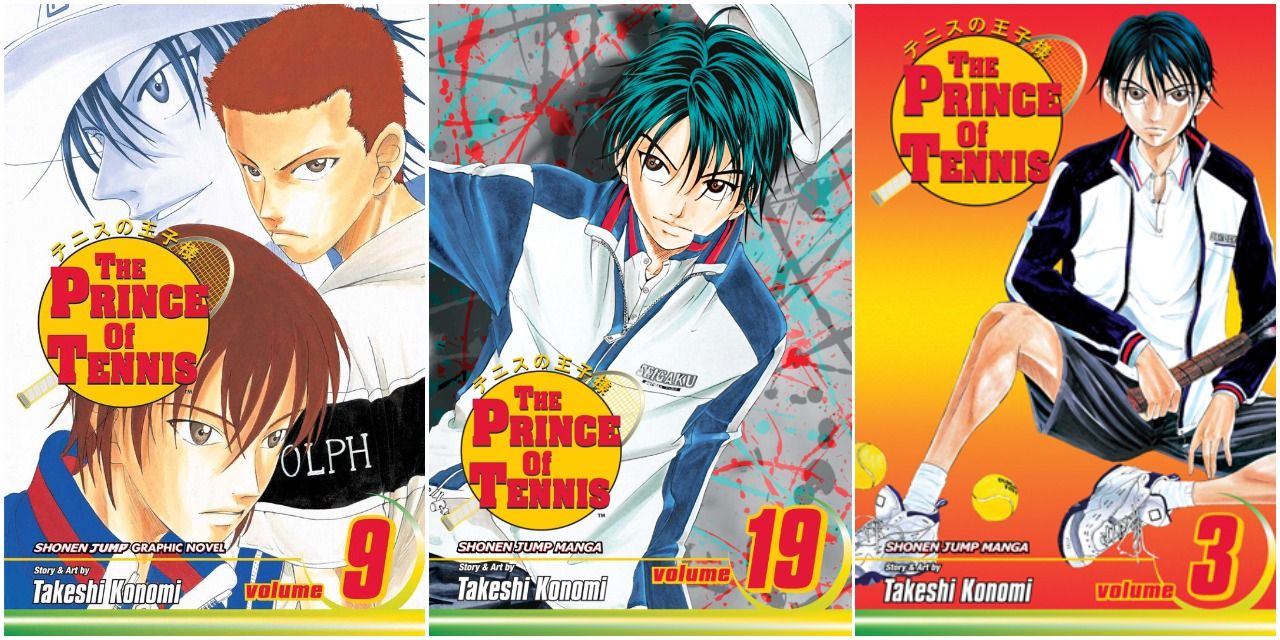
.jpg)
.jpg)

